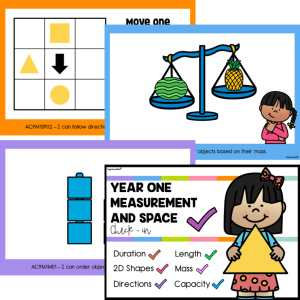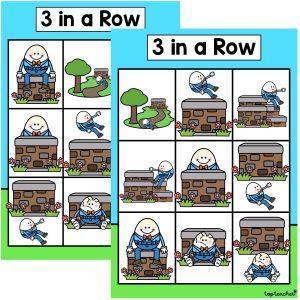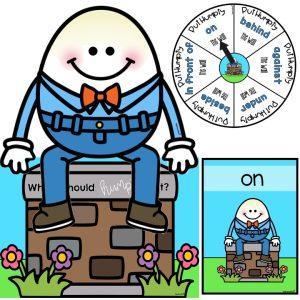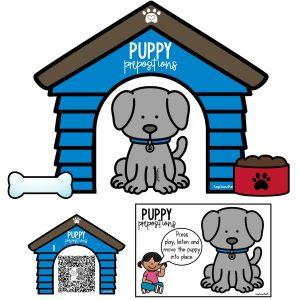Positional Language Slides & Ladders

Description
Bring a classic classroom game to life with a learning twist using our Positional Language Slides & Ladders resource. This fun-filled activity puts a positional language spin on the old favourite ‘Snakes and Ladders’—making it perfect for developing spatial vocabulary in an engaging and competitive way. Students will practise identifying and using location terms as they move around the board, reinforcing concepts through repeated play.
To play, students take turns rolling a die and moving their counter forward the correct number of spaces. When they land on a square, they must look at the picture shown and state the positional language word it represents. Words may include terms like next to, under, on top of, behind, in front, and between. If the square has a ladder or slide, the student moves accordingly. The first player to reach the finish line wins the game.
This resource is ideal for reinforcing location vocabulary and building oral language confidence in a low-pressure, playful environment. It can be used with pairs, small groups, or even as a teacher-led activity with the whole class. The visual images provide excellent support for early years and EAL learners, while the competitive element keeps students engaged and excited to participate.
Key Learning Outcomes:
- ✅ Identify and use positional vocabulary to describe visual images
- ✅ Practise turn-taking and rule-following during structured gameplay
- ✅ Build oral language skills through repetition and conversation
- ✅ Recognise common location words in visual contexts
- ✅ Engage in collaborative play and cooperative learning
What’s Included:
- Full-colour Positional Language Slides & Ladders game board
- Clear visual prompts to match each location word
- Game instructions for individual or small group play
Materials Needed:
- Printed and laminated game board
- Dice
- Counters or small tokens (one per player)
How to Use:
- Print and laminate the game board for durability.
- Have students play in pairs or small groups of 3–4.
- Students take turns rolling the die and moving their token accordingly.
- After landing on a square, the player identifies the positional word represented.
- If the square includes a slide or ladder, the student follows the path to a new position.
- The first player to reach the end wins.
Ideas for Classroom Use:
- 💡 Use in a maths or literacy rotation when focusing on location and movement
- 💡 Include as an EAL activity to practise vocabulary with visual support
- 💡 Use during wet weather games time or early finisher sessions
- 💡 Pair with a positional language word wall for extra reinforcement
Top Teacher Tips:
- 💛 Pre-teach vocabulary using flashcards or real-life classroom objects
- 💛 Encourage students to use full sentences when naming the positional concept
- 💛 Create extension tasks by having students describe their entire turn using location words
- 💛 Laminate the board and keep dice in a labelled pouch for easy access year-round
Positional Language Slides & Ladders is the perfect resource for blending fun and learning. With clear visuals and simple rules, it helps students develop confidence with positional vocabulary while enjoying a playful and familiar format.
You may also like some of our other positional language resources such as:
Additional information
| Australian Curriculum Code | AC9M1SP02, AC9MFSP02 |
|---|---|
| File Format |
Australian Curriculum V9
F - 6
Lorem ipsum dolor sit amet, consectetur adipiscing elit.
Lorem ipsum dolor sit amet, consectetur adipiscing elit.
Lorem ipsum/ Lorem ipsum/ Lorem ipsum
Lorem ipsum dolor sit amet, consectetur adipiscing elit.
Lorem ipsum dolor sit amet, consectetur adipiscing elit.
Lorem ipsum/ Lorem ipsum/ Lorem ipsum
Lorem ipsum dolor sit amet, consectetur adipiscing elit.
Lorem ipsum dolor sit amet, consectetur adipiscing elit.
Lorem ipsum/ Lorem ipsum/ Lorem ipsum
Lorem ipsum dolor sit amet, consectetur adipiscing elit.
Lorem ipsum dolor sit amet, consectetur adipiscing elit.
Lorem ipsum/ Lorem ipsum/ Lorem ipsum
Lorem ipsum dolor sit amet, consectetur adipiscing elit.
Lorem ipsum dolor sit amet, consectetur adipiscing elit.
Lorem ipsum/ Lorem ipsum/ Lorem ipsum





